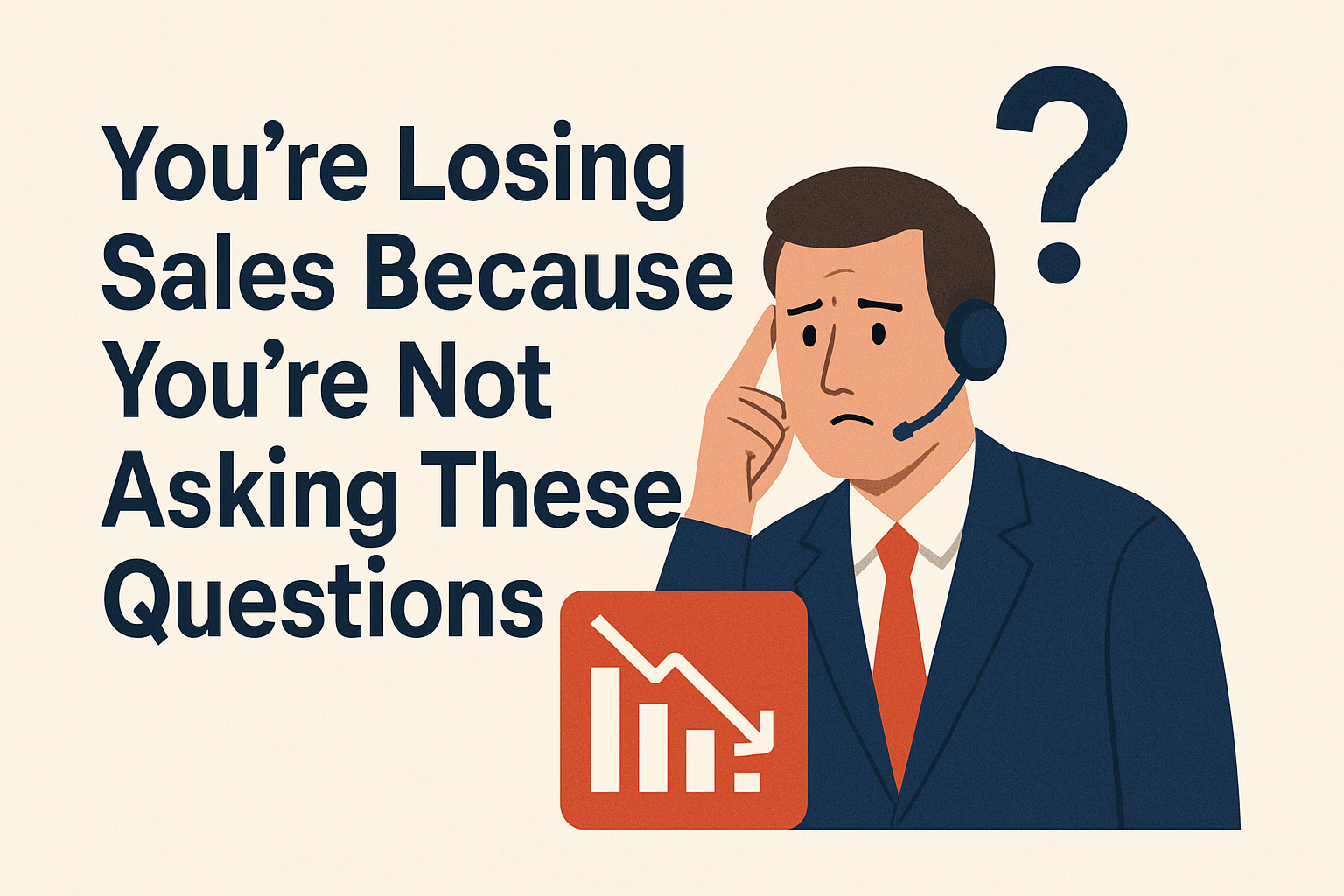
Crafting the perfect sales strategy can feel like chasing a moving target. The market shifts. Customer expectations evolve. And just when you think you’ve nailed it… something slips. Sound familiar?
The truth is, at KONA, we have seen even the most experienced sales leaders fall into surprisingly common traps that quietly undermine performance and potential. But the good news? With the right awareness and a few intentional tweaks, you can steer clear of these costly missteps.
Here are five of the most common mistakes we have seen that sabotage your sales strategy—and what you can do instead.
1. Ignoring the Sales Team’s Input
Here’s a big one: decisions being made about the sales process without input from the sales team.
Your team are on the front lines. They’re the ones having real conversations, hearing objections, and feeling the friction. Yet too often, strategies are built in boardrooms and PowerPoint decks—with little connection to the real-world selling experience.
To avoid this mistake, make your salespeople part of the strategy development process. Their insights can uncover roadblocks you didn’t even know existed—and unlock smarter, faster wins.
2. Chasing Every Lead (Instead of the Right Ones)
It’s tempting to think that more leads = more sales. But without focus, your team wastes time and energy on prospects that were never going to buy in the first place. An effective sales strategy means targeting your ideal customer profile with laser precision.
How to fix it:
- Clarify who your high-value buyers really are.
- Build detailed customer personas.
- Prioritise quality over quantity when it comes to lead generation.
3. Overcomplicating the Sales Process
A bloated, confusing sales process slows everything down—and frustrates both your team and your prospects.
If your salespeople are jumping through hoops, battling multiple approval layers, or juggling too many tools, it’s time to simplify.
You can overcome this mistake by auditing your sales process regularly. Eliminate unnecessary steps, simplify communications, and ensure your CRM is a help, not a hindrance.

4. Focusing Only on Short-Term Wins
It’s easy to get caught in the month-to-month quota chase. But when your entire sales strategy is focused only on hitting immediate numbers, you lose sight of long-term growth.
This tunnel vision can lead to poor customer relationships, burnout, and missed opportunities for repeat business.
A good way to avoid this is to build in strategic goals that go beyond the next quarter. Train your team to think like trusted consultants—not just deal-closers.
5. Skipping Sales Training and Development
Sales is a skill that needs continuous sharpening. Yet many businesses treat training as a “one-and-done” box to check.
If your team isn’t growing, neither is your strategy.
It’s important to invest in regular, high-impact sales training tailored to your team’s unique challenges. Whether it’s handling objections, qualifying leads more effectively, or adapting to buyer psychology—targeted sales training and coaching turns average salespeople into top performers.

Ready to Strengthen Your Sales Strategy?
If any of these mistakes hit close to home, don’t worry—you’re not alone. The best sales leaders recognise when it’s time to rethink and refine their approach.
At KONA, we specialise in tailored sales training designed to elevate your team and align your sales strategy with real-world success. Whether you’re scaling a team, launching into new markets, or simply want to improve performance—we’re here to help.
👉 Contact KONA today to create a sales strategy that actually works. Your team—and your revenue—will thank you.
Call 1300 611 288 or email info@kona.com.au













































































































